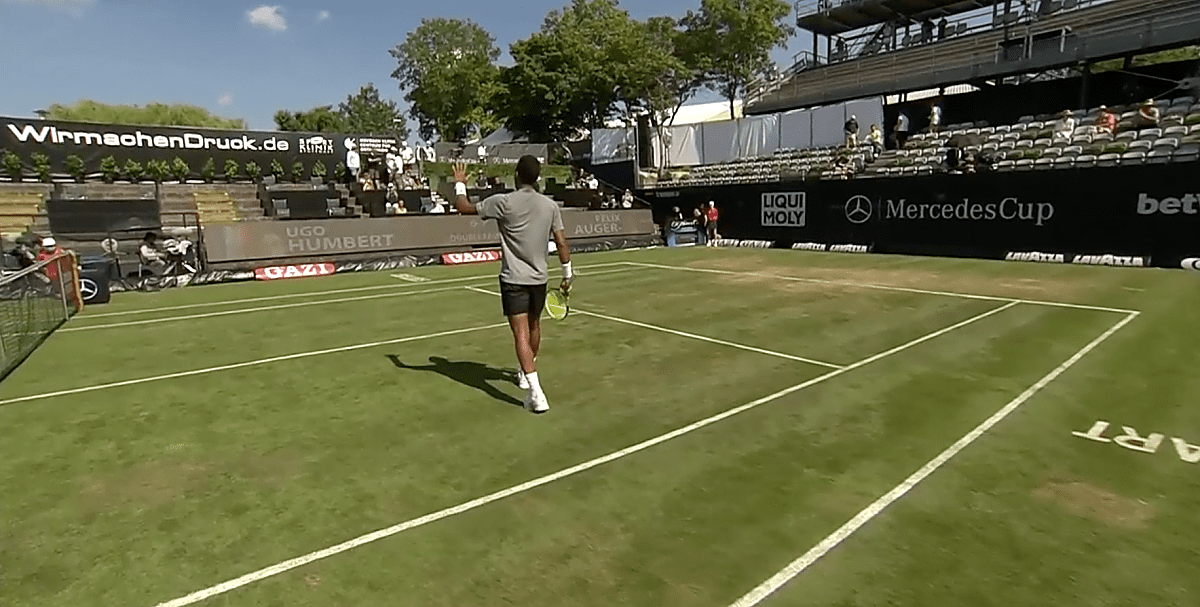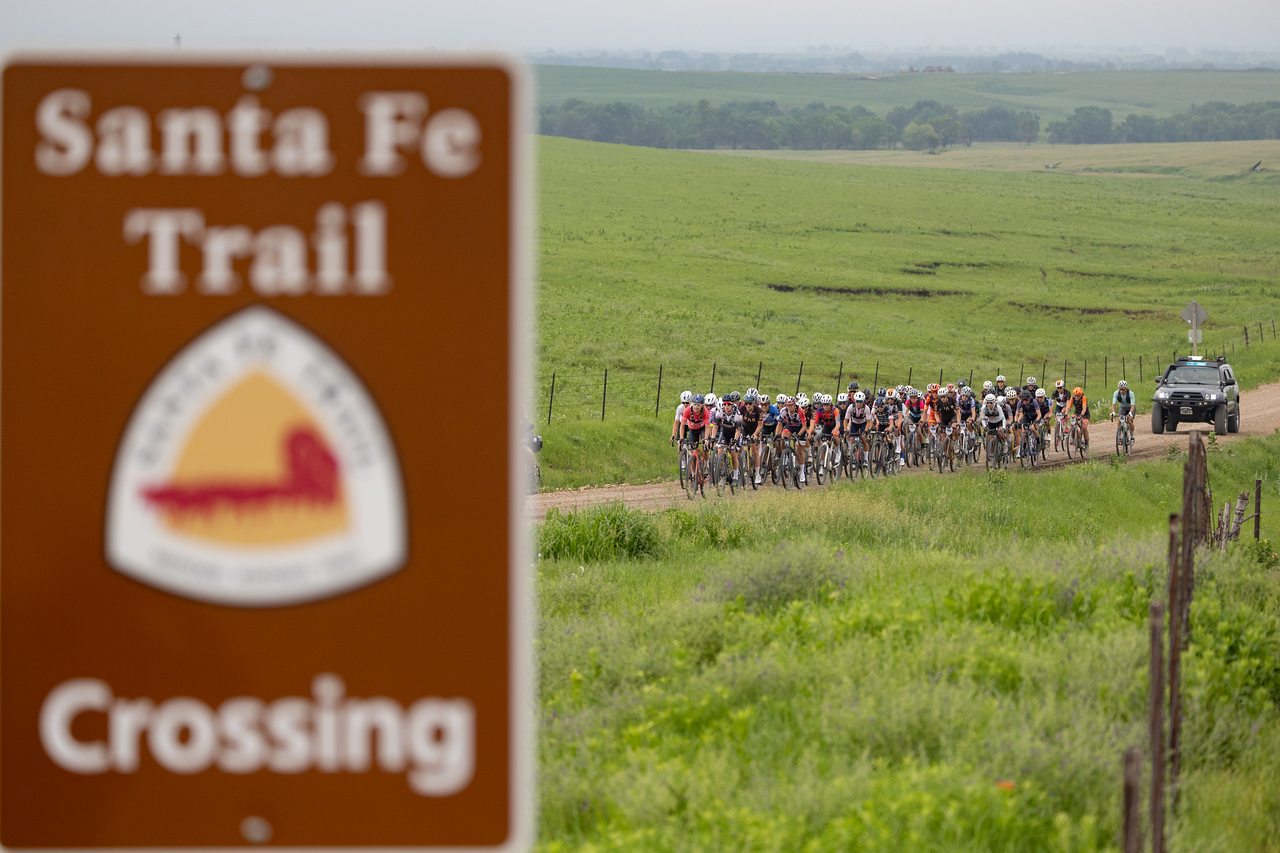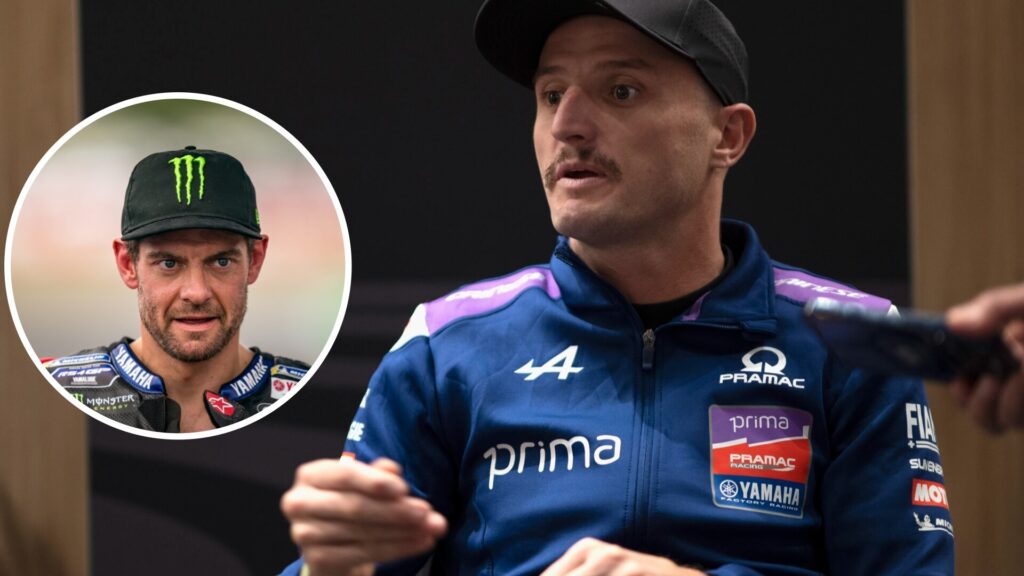;)
U.S. Open competitors will have their hands full this week.
Getty Images
Tough talk.
There’s been a lot of it in advance of this week’s U.S. Open.
Specifically, talk about the toughness of the rough at Oakmont, which is long and thick and won’t allow for mindless bomb-and-gouging. Strategy and execution will be required.
“It’s not like every time you hit it in the rough, you’re grabbing lob wedge and hit it out,” Justin Thomas said after his practice round on Monday. “You have to think, how far can I hit this?”
Often, the answer is: not very far.
Thomas saw this first-hand from his Monday playing partner, Jackson Koivun, a rising junior at Auburn University.
“Jackson had a lie on 15 today that we were kind of thinking, is it a 6-iron? Open up a 6, or could you hit 7?” Thomas said. “He tried to hit 6-iron, and it looked like he could, and he hit it like four feet in front of him.”
Somewhere, Henry C. Fownes is smiling. Oakmont’s founder built the course to be a beast. Difficulty is baked into the design. But it also depends on proper presentation. Lightning greens. Firm, fast fairways. Snaggletoothed rough.
For everyone at Oakmont — members, staff and grounds crew alike — maintenance is a point of pride throughout the season. But the emphasis on tournament-tough conditions turns up a notch whenever the U.S. Open comes around. Scores of volunteers arrive to pitch in with the primping: fine-tuning fairways, touching up bunkers, top-dressing greens and, yes, dialing in the gnarliest of turf. Getting the rough right for the national championship isn’t just a matter of letting the grass grow.
With Oakmont set to host its 10th U.S. Open, Oakmont’s superintendent Mike McCormick gave GOLF.com the lowdown on the venue’s notoriously tough rough, what it takes to whip it into shape, and why it stands to be more challenging than ever this time around. Keep reading for his 3 main points.
To learn more Oakmont maintenance from McCormick and his crew, you can watch the video above. (Details on the rough begin at the 10:48 mark.)
Why Oakmont’s rough is tougher this year
At the last two U.S. Opens at Oakmont, in 2007 and 2016, missing the short grass was plenty penal. The fairways were framed by six feet of intermediate cut, mown to roughly 1 inch, which gave way to 20 to 25 feet of graduated cut, mown to a height of 3 to 3-and-a-half inches. Beyond that graduated cut was the rough itself, some 5 inches or higher. Not easy by any stretch.
This year, though, McMormick says, there will be even less leeway for errant tee shots, as the graduated cut has been eliminated. The intermediate cut will transition immediately to full-blown rough, kept at a uniform 5 inches. Some of that rough might be more trampled-down by spectators than others. But if a drive strays beyond the short grass, it is bound to be in a world of hurt.
What Oakmont doesn’t do to the rough
In the run-up to a U.S. Open, McCormick says, “a lot of people think we stop mowing the rough. That wouldn’t be farther from the truth.” If he and his crew simply let the grass grow, it would lay over itself and balls would wind up sitting on top of the turf, rather than sinking into it. Instead, they mow the rough at regular intervals, increasing its height incrementally (for year-round member play, Oakmont keeps its rough some 2-and-a-half inches tall, so that everyone can get around in four hours or less) so that it’s at full-strength come tournament time.
How Oakmont keeps its rough upright
Tell your kids to stand up straight and they may or may not listen. Grass is different. You don’t have to badger it about its posture. You just have to treat it right. At Oakmont, the mowers McCormick and Co. use in the rough have a suction function that stands the grass up as the blade cuts, so the turf grows upright. That way, McCormick says, the ball nestles down and the rough lives up to reputation.
“We want it as penal as possible,” McCormick says.
“>














